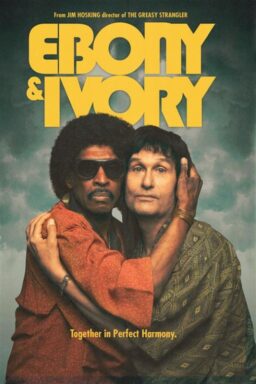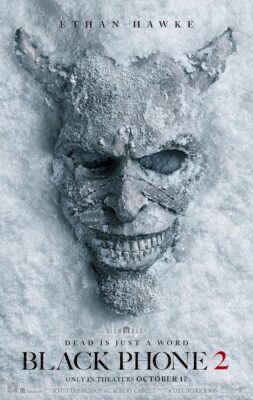
Memories don’t really have a beginning, a middle and an end. They’re more like vignetted sensations, impressions and paraphrases, where the most prominent detail might be sticky fingers from handling a bunch of wheat. If you could only live with one memory for all eternity, which would it be? That’s the question Hirokazu Koreeda’s “After Life” asks, while also showing us what makes something memorable.
Olivia Collette is a writer based in Montreal, Canada. She really misses that video store. Read her blog at livvyjams and follow her on Twitter at @Olivia_Collette
The film begins simply. Somewhere in the Japanese countryside, the recently departed arrive at a place that’s a bit like a halfway house. Here, they’re told they must purge all of their memories save one, which they’ll live with forever. They’re paired with counselors who help them sift through their emotional filing cabinets and pick a defining moment. It’ll then be recreated in a short film that the dead get to direct, star in and watch.
Among the newly deceased, there’s always that one guy who keeps harping on about sex, only to settle on a modest, intimate memory that usually involves a loved one. Sex is a potent “in the now” experience, but upon reflection, it’s everything around it that either gives it meaning or renders it meaningless. And the memory you live with forever has to have meaning.
The film also subtly argues that meaning can’t be manufactured. When one teenage girl declares she’d like to reproduce Disney’s Splash Mountain, her counselor Shiori points out its conformity. Many young girls choose that ride, it turns out. In the end, the teenager changes her mind and opts for that time when she rested her head on her mother’s lap and smelled her perfume.
Most of the memories hardly require any dialogue because they’re so personal and introspective. They capture feelings, ambiance, texture, the very thrill of living. One man chooses his daily childhood tram ride on his way to school, with a hot wind blowing through the first-seat window. Another wants to go relive the first time he flew a Cessna and the way the cotton-like clouds brushed past him so quickly. One senile lady is showered with falling cherry blossom flowers, since blooms are the only thing her child’s mind delights in.
Meanwhile, the counselors are resolving their own issues in this purgatory, of sorts. They’re here because they weren’t able to decide on an ultimate memory. Until they can, they’re forced to help others pick theirs.
One counselor, Takashi, died during World War II. He finally selects his moment after he learns that his charge, Ichiro, married Kyoko, the woman Takashi had been engaged to. He discovers that when Kyoko died, she chose a quiet instant with Takashi on a park bench, shortly before he was killed. Years later, Ichiro’s parting recollection would take place on the same bench with Kyoko. Takashi couldn’t make out any happiness in his life until he realized he’d been the source of someone else’s.
So his colleagues help him reconstruct his moment. Using the same set that was built for Ichiro, Takashi is filmed sitting on that seminal bench, contemplating the impact he’s had on others, both in life and afterward. As he looks ahead, he sees his colleagues and the film crew behind the camera. They were part of what gave his existence any significance, and he takes them with him evermore.
“After Life” blatantly associates film-making with memory. During their sessions with the dead, the counselors try to extract as many details as possible so they can represent them accurately on screen. There’s nothing ethereal about the work involved: they go location-scouting, they build sets, and if need be, they bring in some actors. The movies are never exactly as the subjects picture them, but the tone and intent are spot on. Takashi’s last reflection feels like an acknowledgment of how profoundly filmmakers can move their audience.
What I remember about movies is a lot like the bits in my life that stand out. It’s never just the film itself; it’s the context too.
When I first saw “After Life,” I’d picked it out from a wide selection of foreign movies at my favorite video store (I know, I know). It was fall 2001 and I was up to my usual Sunday afternoon routine: laundry. It was still warm out so the window was open. A draft blew into the living room while I watched the movie and folded my clothes. When the film ended, I let out a deep sigh; the kind you release when you’re baffled by truly magnificent art.
I’ve watched “After Life” several times since, but my memory of it is intermingled with the scent of fabric softener and dried leaves.




















